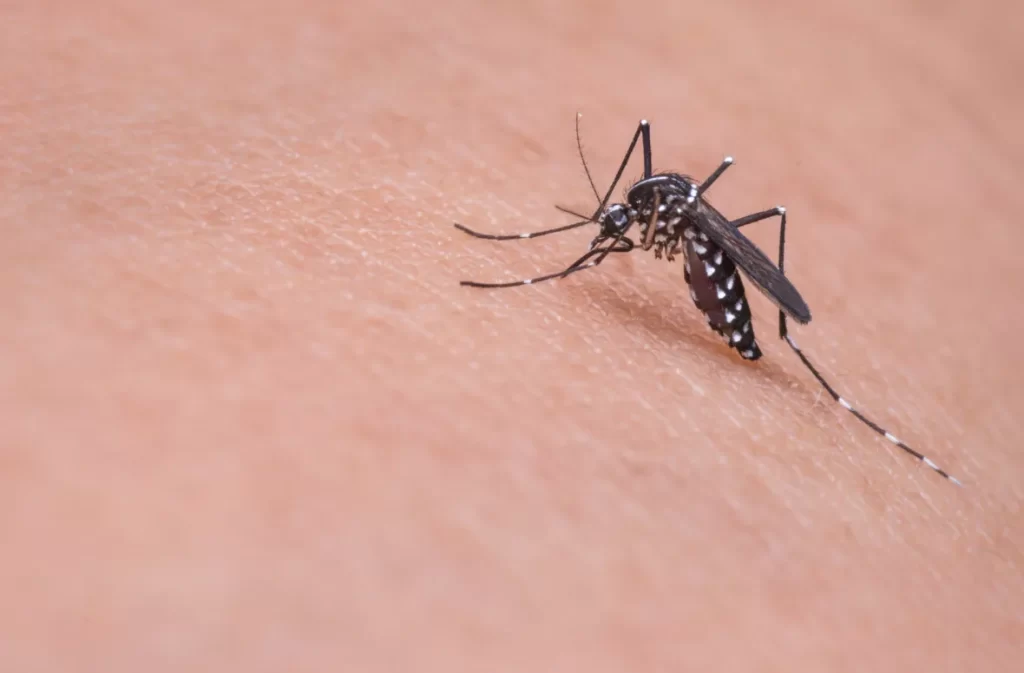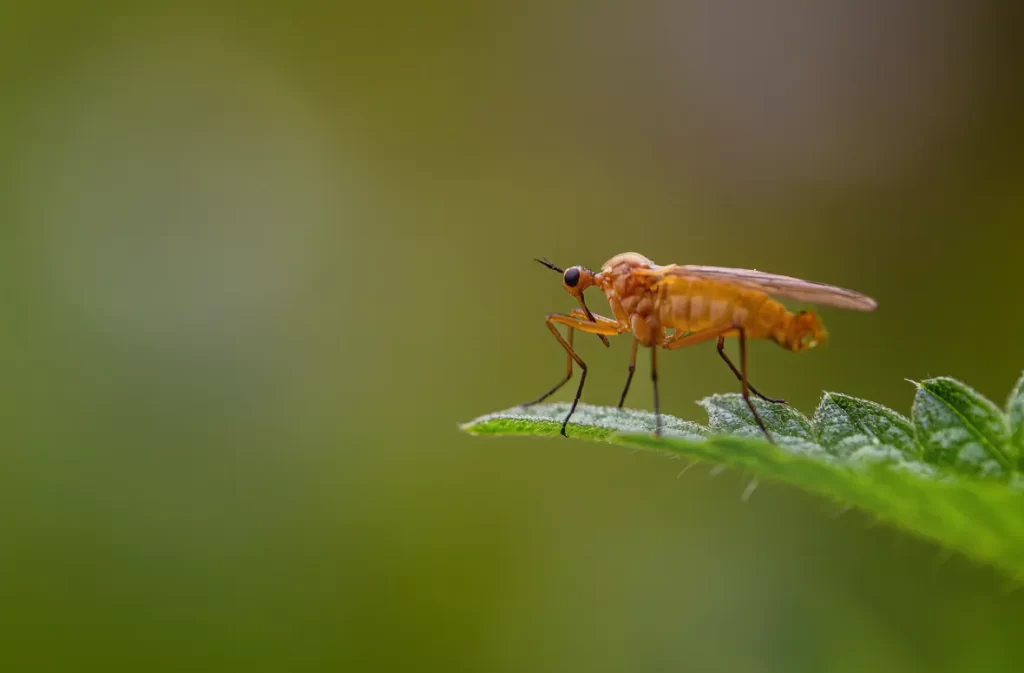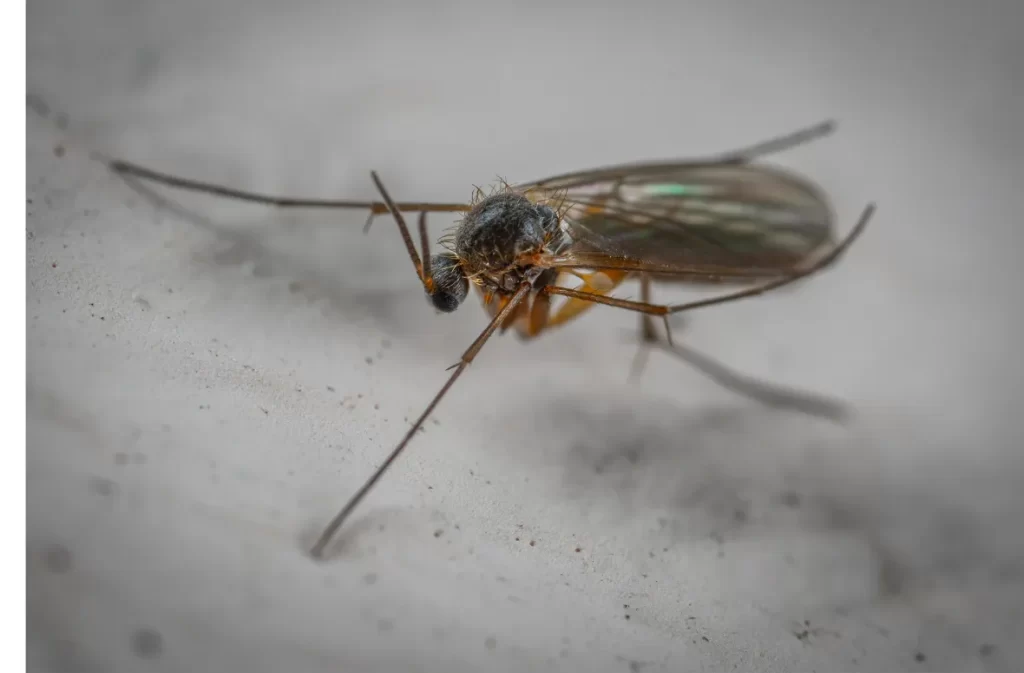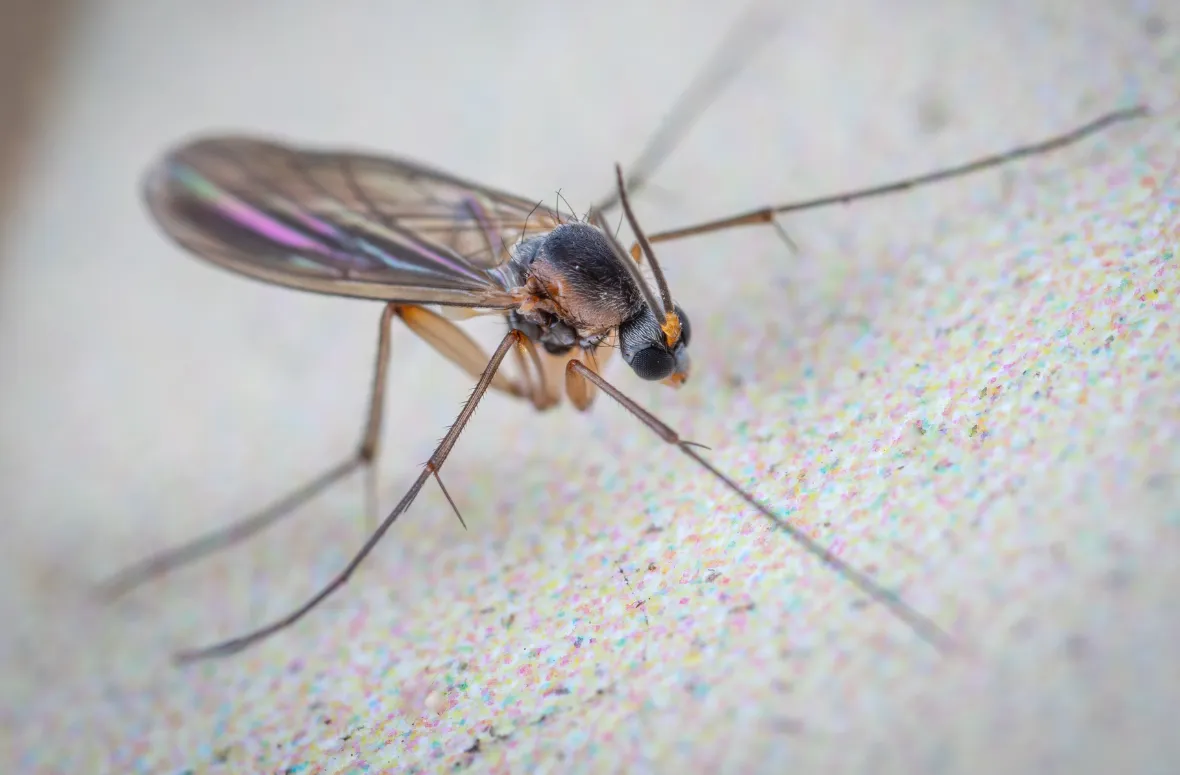Table of Contents
How to Get Rid of Gnats in Your House: A Simple Guide
Gnats are tiny, flying insects that can cause significant problems in your home. They buzz around, get into your food, and appear out of nowhere. If you’ve ever wondered how to get rid of gnats in your house, you’re not alone. These little pests are a nuisance, but with a few simple steps, you can say goodbye to your gnat problem.
Common Types of Gnats Found in the House
Gnats come in different types, and knowing which is causing your trouble can help you get rid of them faster. Here are the most common gnats found inside homes:
Fungus Gnats
Fungus gnats are tiny and often found around house plants, especially when they are overwatered. These gnats are attracted to damp soil where organic matter is decaying. Fungus gnat larvae feed on plant roots, which can damage your houseplants. If you notice tiny flying bugs around your potted plants, fungus gnats are likely the culprits.
Fruit Flies
Fruit flies favor overripe fruit, vegetables, and other moist organic materials. If you leave out a banana or a slice of melon on the counter, expect these pests to appear. They are also attracted to liquids like wine, soft drinks, and vinegar. Fruit flies reproduce quickly and can infest your kitchen if food and liquids aren’t cleaned.
Drain Flies
Drain flies, also known as moth flies or sewer gnats, are often found around drains, garbage disposals, and septic tanks. They are attracted to these areas’ stagnant water and decaying organic matter. Drain flies with high moisture levels are most common in kitchens, bathrooms, and laundry rooms.
Why Gnats Are a Nuisance in the House

Gnats are more than just annoying—they can cause problems inside your home.
- Pest Infestation: A small number of gnats can quickly become a full-blown infestation. They can multiply rapidly if left unchecked, especially in areas with abundant moisture and food sources.
- Health Concerns: Gnats usually don’t bite and aren’t harmful. But, they can spread bacteria and pathogens if they land on food or kitchen surfaces.. In some cases, biting gnats can even cause skin irritation.
- Damage to House Plants: Fungus gnats are particularly harmful to houseplants. Their larvae feed on plant roots, which can stunt plant growth and even kill them if the infestation is severe. If you notice your plants wilting or turning yellow, fungus gnats might be to blame.
How to Get Rid of Gnats in the House
Getting rid of gnats doesn’t have to be complicated. Here are several methods to eliminate gnats from your home:
Traps to Eliminate Gnats
1. Vinegar Traps
Apple cider vinegar is a powerful attractant for gnats. To make a simple trap, fill a small dish with apple cider vinegar, add a few drops of dish soap, and stir. The vinegar attracts gnats, while the soap traps them. You can also cover the dish with plastic wrap and poke small holes. Gnats will fly in but won’t be able to escape.
2. Fruit Traps
If you have overripe fruit on hand, it can be used to trap gnats. Place the fruit in a bowl and cover it with plastic wrap. Poke small holes in the wrap to allow gnats to enter. They’ll be drawn to the fruit but won’t be able to get out.
3. Wine Traps
An empty bottle of red wine left near your kitchen drain can be an excellent trap for gnats. The wine attracts them, and they get trapped in the bottle.
4. Sticky Traps
Yellow sticky traps or flypaper can be hung near plants or windows to catch gnats. Be cautious when using these outdoors, as they can trap beneficial insects, like bees.
Effective Household Solutions
1. Clean drains
Drain flies are often found in and around drains. To get rid of them, pour a mixture of diluted bleach and hot water down your drains. You can also use a store-bought drain cleaner. Boiling water works well, too. This will help eliminate any organic matter that may be attracting the gnats.
Also Read: The Art and Impact of Large-Format Prints in Visual Communication
2. Candle Trap
A candle in a pan of soapy water can also attract gnats. They fly toward the light but get trapped in the soapy water.
3. Insecticidal Spray
If traps aren’t working, consider using an indoor insecticidal spray designed for gnats. Follow the instructions carefully, especially if you have children or pets.
4. Diatomaceous Earth (DE)
Food-grade diatomaceous earth is a natural powder that dehydrates and kills gnats. Sprinkle it on the soil surface of your plants, especially if you’re dealing with a fungus gnat infestation.
Natural Remedies for Gnat Control

1. Chamomile tea and cinnamon
Chamomile tea is a natural fungicide, and when used as a watering solution for your houseplants, it can help get rid of gnat larvae in the soil. You can also sprinkle cinnamon on the soil to kill gnat larvae.
Also Read:
2. Hydrogen Peroxide
Mix a small amount of hydrogen peroxide with water to water your plants. This will kill gnat larvae in the soil without harming your plants.
3. Potato Slices
Place a few slices of potato in your plant’s soil. The larvae will be drawn to the potatoes, and you can remove them after a few hours, disposing of the larvae in the process.
Preventing Gnats in Your Home
The best way to deal with gnats is to prevent them from entering your home in the first place. Here are some simple ways to keep gnats away:
Seal Entry Points
Gnats can sneak into your home through cracks, holes, and crevices around doors, windows, and walls. Seal any potential entry points to keep gnats from getting in.
Proper Plant Care
One of the main attractants for gnats is overwatered plants. Avoid overwatering your houseplants, and make sure the pots have proper drainage. Fungus gnats love damp soil, so keeping your plants’ soil dry will help prevent infestations.
Also Read: How Pests and Animals Damage Your Trees: What to Watch For
Maintain Cleanliness
A clean home is key to keeping gnats at bay. Wipe up spills immediately, store food in sealed containers, wash dishes daily, and take out the trash regularly.
Control Moisture Levels
Fix any leaks in your home, use a dehumidifier if needed, and ensure good airflow in damp areas like bathrooms and basements. This will help control the moisture that attracts gnats.
Clean Outdoor Spaces
Keep outdoor areas clean, including birdbaths, fountains, and outdoor drains. Gnats are attracted to standing water, so ensure these areas are free of moisture and organic material.
Use Yellow Bug Lights
Gnats are attracted to bright lights, especially at night. To reduce the number of gnats in your yard, switch to yellow bug lights, which are less likely to attract them.
When to Call a Professional

If you’ve tried everything and still can’t get rid of gnats, it may be time to call a pest control professional. They can assess the situation, find the infestation’s source, and use stronger treatments to eliminate the gnats from your home.
Getting Rid of Gnats in Your House
Gnats are common, but you can quickly get rid of them in your house with the right approach. First, identify the type of gnats. Then, use traps, remedies, and prevention to eliminate them.
To keep your home gnat-free, clean it, control moisture, and care for your plants. Remember, a proactive approach is the best way to keep these tiny pests out of your home for good.




